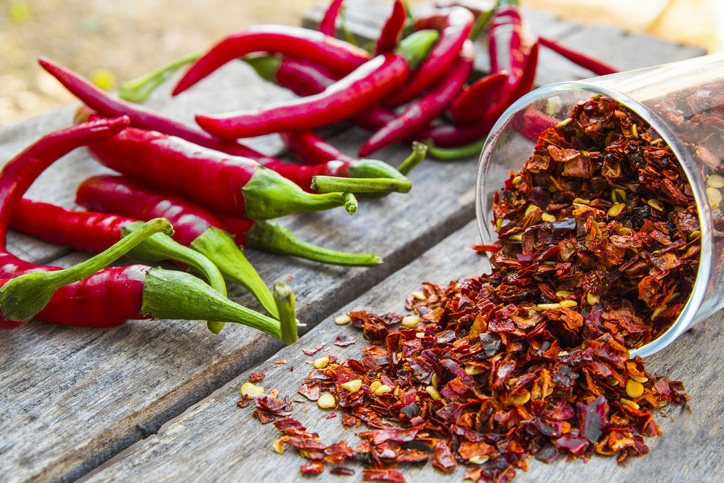Cutting calories may be your first impulse when adopting a New Year’s resolution to lose some weight. But don’t overlook your body’s metabolism, its natural ability to convert food into energy.
Fatty foods can affect metabolism, changing the way the body absorbs and processes nutrients, but it’s not the sole explanation for why we burn calories more slowly, says Brian Nguyen, MD, internal medicine physician on the medical staff at Methodist Dallas Medical Center.
Rather, it could be due to other factors — like changes in body composition, he says. For example, the loss of muscle mass, a common occurrence after 30, can hit the brakes on metabolism.
“If your muscle mass decreases, so does your basal metabolic rate, or BMR,” Dr. Nguyen explains. “Your BMR is the number of calories you burn as your body performs basic life-sustaining functions, such as breathing, circulating blood, repairing cells, and sleeping. Therefore, as we get older, some of us gain weight even if we don’t change anything about our diet.”
The good news is that there are ways to boost your metabolism, he says. Here are five things anyone can do:

1. EAT SPICY FOODS
The fiery kick in certain peppers does more than make you desperate for a cool drink. Chili peppers like jalapeños and cayenne contain a heat-producing chemical called capsaicin that can help elevate your metabolic rate.
“Capsaicin is a thermogenic compound that increases our body’s temperature,” Dr. Nguyen says. “It raises our oxygen consumption and can help you burn off calories.”
Studies show capsaicin also has an appetite-suppressing effect, making it easier to reduce your caloric intake. You can easily sprinkle some red pepper flakes on your food for a flavor kick — and a metabolism boost. Just make sure to keep a glass of water close by.

2. STRETCH THOSE MUSCLES
We all know that stretching before workouts can help reduce the risk of injury, but did you know certain stretches can promote muscle gain? And remember, the greater our muscle mass, the more calories we burn.
“Stretching does more than enhance our flexibility, agility, and focus. It also speeds up our metabolism and boosts energy,” Dr. Nguyen says. “If you commit to stretching twice a day, a few minutes at a time, you will start to notice a difference in your body.”

3. DRINK GREEN TEA
The caffeine in green tea can help suppress hunger and improve energy. One study even found that green tea can help diabetic patients with weight loss and blood pressure management.
You can add flavors to make it a soothing and tasty treat — just be careful of adding too much cream or sugar.

4. PICK UP THE PACE
High-intensity interval training, or HIIT, combines quick strenuous physical activity with less demanding exercises. For example, workouts may involve short periods of sprinting, jogging, and walking.
HIIT workouts help your body reach what’s called an “excess post-exercise oxygen consumption state,” Dr. Nguyen explains. In this condition, your body will continue to burn calories up to 24 hours after you complete your workout.
But these workouts are not suitable for all fitness levels, so listen to your body and pace yourself, Dr. Nguyen says. Start with smaller steps, such as a 10-minute walk after dinner or a bike ride around the park.
“Always keep in mind that small and manageable physical activities are the best way to sustain your weight loss journey,” Dr. Nguyen says.

5. ADD FIBER TO YOUR DIET
Eating more fruits and veggies will give your body the essential nutrients it needs while also filling you up quicker than empty calories.
“Fruits with low-flesh and high-fiber content, such as oranges, blueberries, and blackberries, can help regulate our blood sugar,” Dr. Nguyen says. “Try eating fruits rather than juicing them because when they’re blended, you lose some of that fiber and mostly retain their sugar.”
Dr. Nguyen also recommends packing your plate with dark, leafy greens that are high in iron and magnesium. Vegetables like kale and spinach are known to help support metabolic function.
Ultimately, Dr. Nguyen says, if you sense your energy level is flagging or find it difficult to go about your daily activities, it’s best to talk to your primary care physician. Discussing your symptoms will help determine if there is a medical issue beyond a slowed metabolism.






